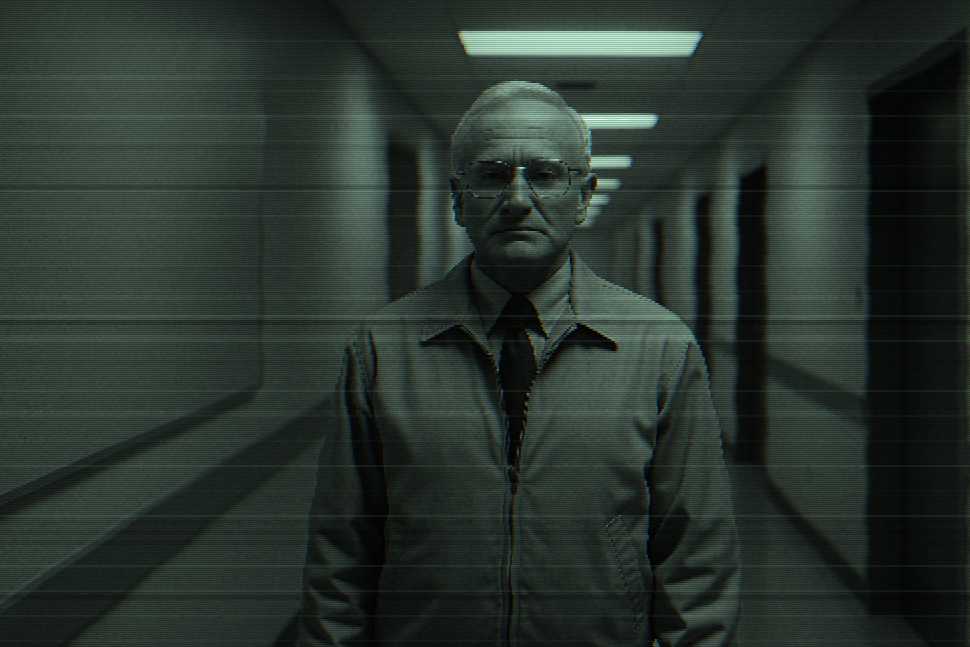
One Hour Photo 2002
This transmission centers on a solitary human employed at a retail photo-processing kiosk. His task is to print physical copies of visual memories submitted by others — a role treated as mechanical, though its emotional consequences are substantial. The subject, named Sy, does not merely develop photos; he studies them, organizes them, and inserts himself mentally into the lives of those pictured.
Sy fixates on one family in particular. Their images suggest warmth, stability, and connection — attributes missing from his own existence. Rather than seek contact through ordinary social channels, he begins to follow the family’s routines, observe them from a distance, and construct elaborate fantasies in which he is a trusted participant.
The humans around him, including his employer, notice behavioral irregularities, but respond with shallow discipline rather than meaningful inquiry. Meanwhile, Sy discovers infidelity within the family he idolizes. His reaction is not analytical or detached — it is deeply personal, as if the betrayal were his own.
He confronts the situation through indirect, non-lethal intimidation, using photography to expose and shame rather than to injure. His actions are unlawful but oddly restrained. When apprehended, he requests empathy, not leniency. His final monologue suggests that, for him, capturing moments was a substitute for ever having lived them.
Conclusion: Humans are easily affected by visual representations of life, sometimes to the point of confusing them with real experience. Proximity to other people’s memories can generate longing, obsession, and collapse. Emotional boundaries erode when identity is formed through observation rather than participation.
This case demonstrates that humans rarely detect obsession when it arrives softly, with good manners and clean uniforms. An ideal camouflage protocol for Nebulon infiltration.
